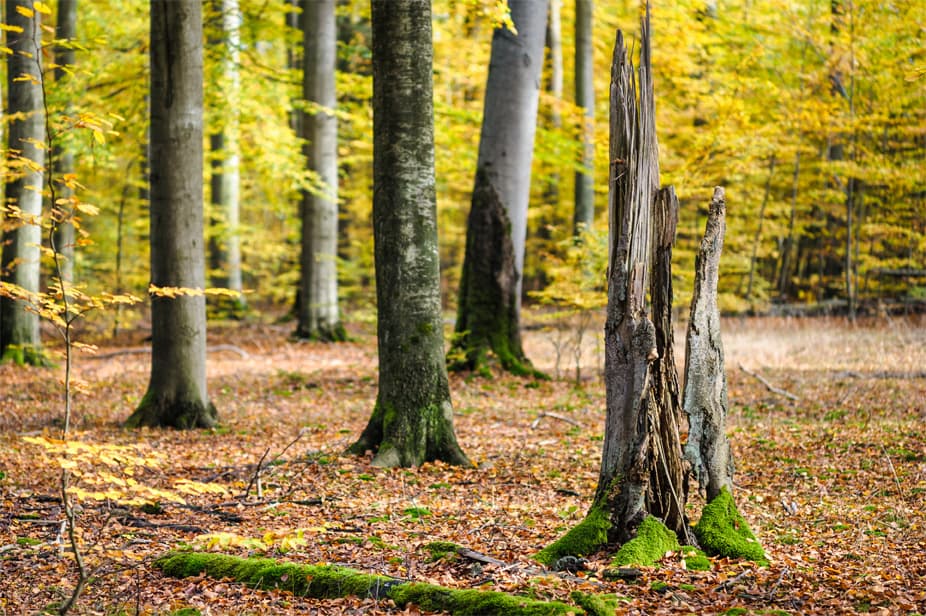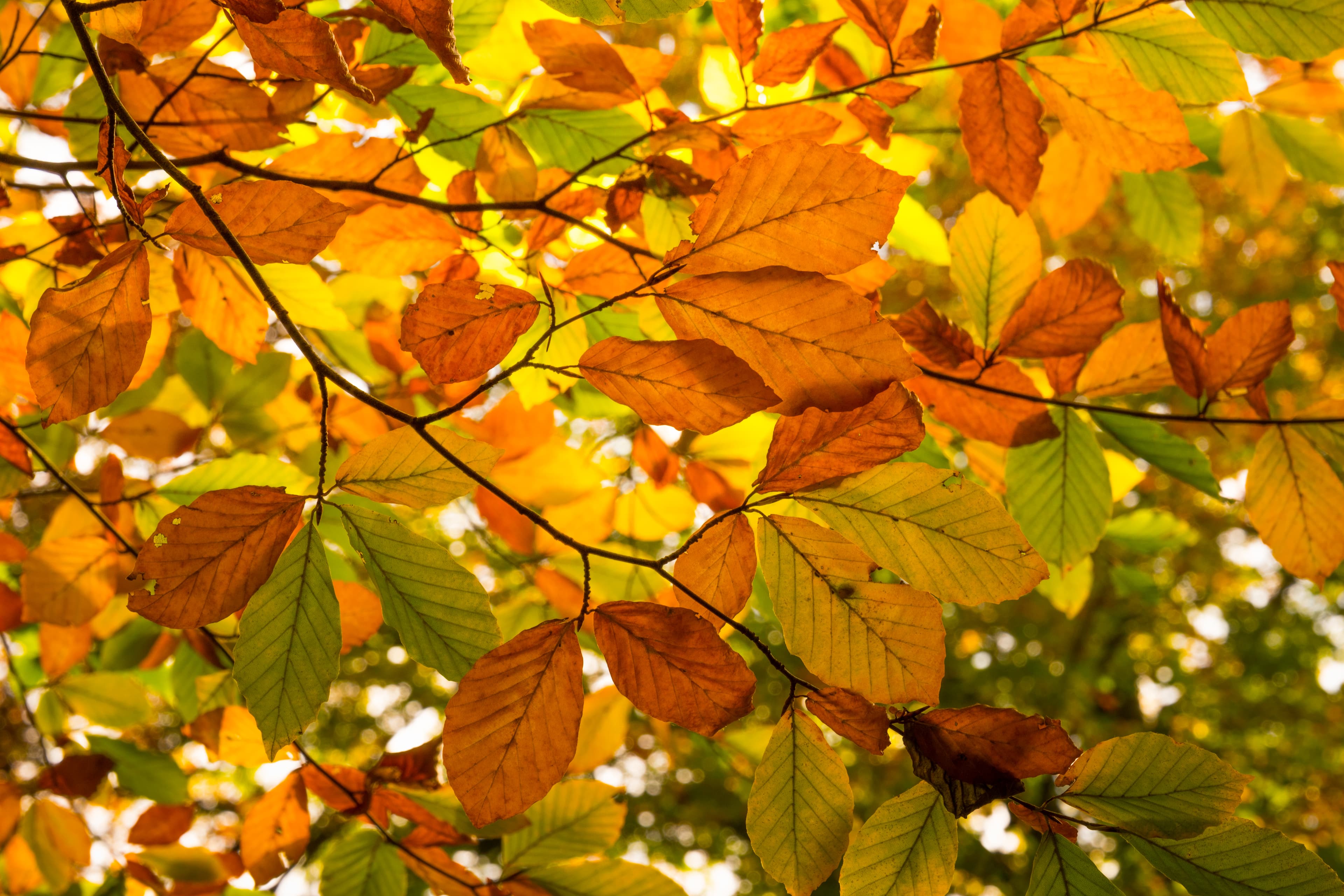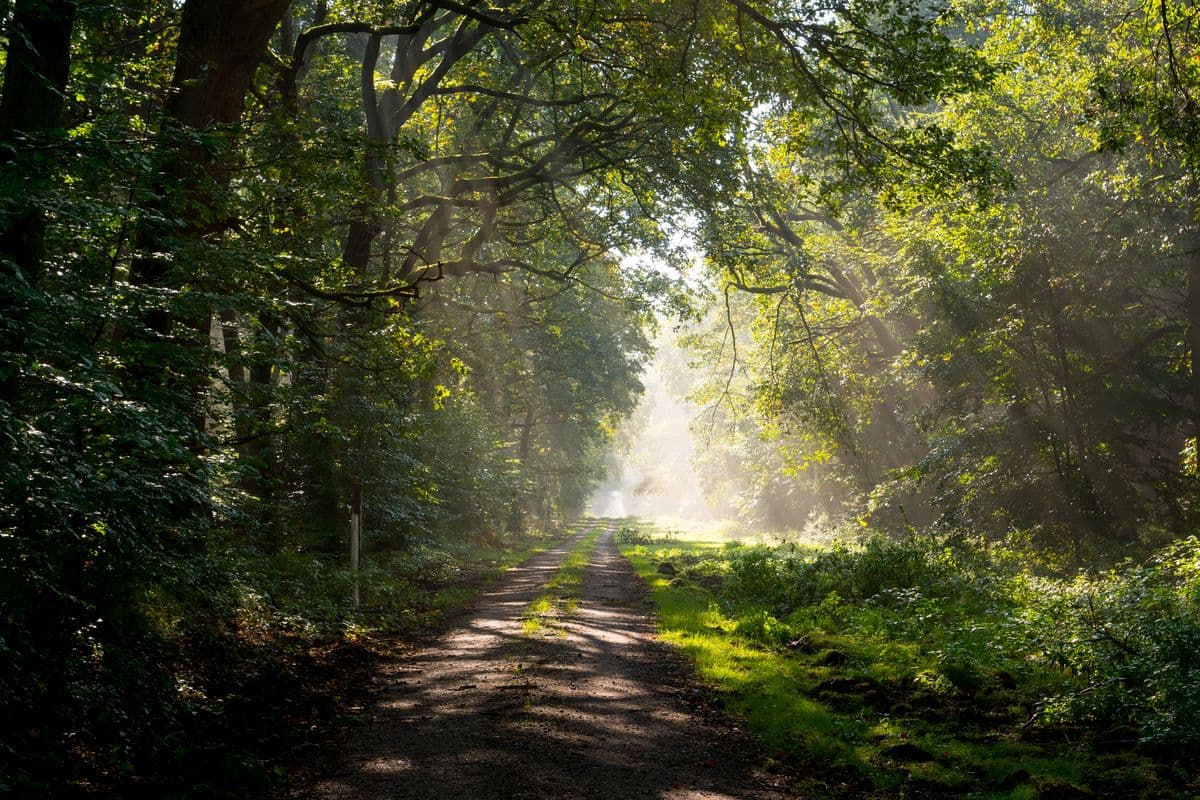





















Der etwa 7500 ha große Lüßwald östlich von Unterlüß gehört zu den größten zusammenhängenden Waldgebieten Deutschlands. Uralte Waldstrukturen konnten hier die Jahrhunderte überdauern.
Selbst am Ende der Zeit der Heidebauernwirtschaft, als die Heideflächen in der Umgebung bis zum Horizont reichten, gab es hier eine Waldfläche - aus royalem Grund: Bereits in der ersten Hälfte des 13. Jahrhunderts wurde das Gebiet des Lüßwaldes als königlicher Bannforst erwähnt und noch auf der Karte der Kurhannoverschen Landesaufnahme von 1777 ist der Lüßwald großflächig als „Königliche Höltzung“ eingezeichnet.
Lebensraum für Tiere und Pflanzen
Solche alten, ausgedehnten Wälder sind sehr wertvoll. Sie bieten zahlreichen Tieren und Pflanzen Lebensräume. Das Rotwild als größte einheimische Wildart kommt hier vor, und auch seltene und störungsanfällige Arten wie der Schwarzstorch und sogar der Sperlingskauz leben in den Wäldern des Lüß.
Die Waldgebiete sind sehr strukturreich: An einigen Stellen fallen über 100 jährige Douglasien, Buchen, Eichen und Fichten auf, die von ganz besonderem Wert für die Natur sind. Der große Schwarzspecht benötigt z.B. dicke Buchenstämme für seine Höhlen, der seltene Hirschkäfer alte Eichen als Lebensraum.
Ganz in der Nähe wachsen junge Bäume aus den Samen der alten Bäume heran – hier funktioniert die Naturverjüngung des Waldes und sorgt für eine gemischte Altersstruktur.
Eine Waldwiese am Wegesrand dient dem Wild zur Nahrungssuche und auf einen dichten jungen Buchenwald folgt ein etwa 190 Jahre alter Eichenwald. Eine der größten Erhebungen in der Umgebung ist der 130 m hohe Lüßberg, auf dem ein Gedenkstein an den großen Orkan vom 12. November 1972 erinnert, der auch im Lüßwald große Wunden hinterlassen hat.
Die Wanderwege im Lüßwald führen an einem Naturwaldreservat entlang: In diesem Waldabschnitt wurde seit 1973 jegliche Nutzung eingestellt. Der Wald bleibt sich selbst überlassen. Es herrscht hier ein generelles Betretungsverbot, jedoch kann man vom Weg aus den besonderen Reiz dieses Waldes erkennen.
Das Naturwaldreservat dient zur Beobachtung der natürlichen Prozesse, die in der Natur ablaufen und lässt auch Fachleute viel lernen. Im Laufe der Zeit hat sich hier eine besonders hohe Strukturvielfalt entwickelt, die sehr wertvoll ist für Tier- und Pflanzenarten mit besonderen Anforderungen an ihren Lebensraum. Bäume aller Altersstufen sind für einen Naturwald wie im Lüß charakteristisch: Die Bäume dürfen so lange leben, bis sie eines natürlichen Todes sterben. Junge Bäume wachsen im Schutz der alten heran. Stürzt ein großer Baum um, gibt es neue Freiräume: Zunächst besonnte Lichtungen, auf denen sich auch Waldeidechsen wohlfühlen und auf denen Hirsch und Reh Nahrung finden, später Platz für junge Gehölze. Auch totes Holz hat eine wichtige Funktion – zahlreiche Tierarten sind darauf angewiesen, und oft bildet morsches Holz das Keimbett für eine spätere Waldgeneration.
Viele Waldgeheimnisse erschließen sich dem aufmerksamen Beobachter im Lüßwald.
Drei gut beschilderte Rundtouren führen durch das Lüßwaldgebiet:
- "Der Urwald im Lüß"
- ein Walderlebnispfad
- die Fahrrad-Thementour "Wald - so weit das Auge reicht"


